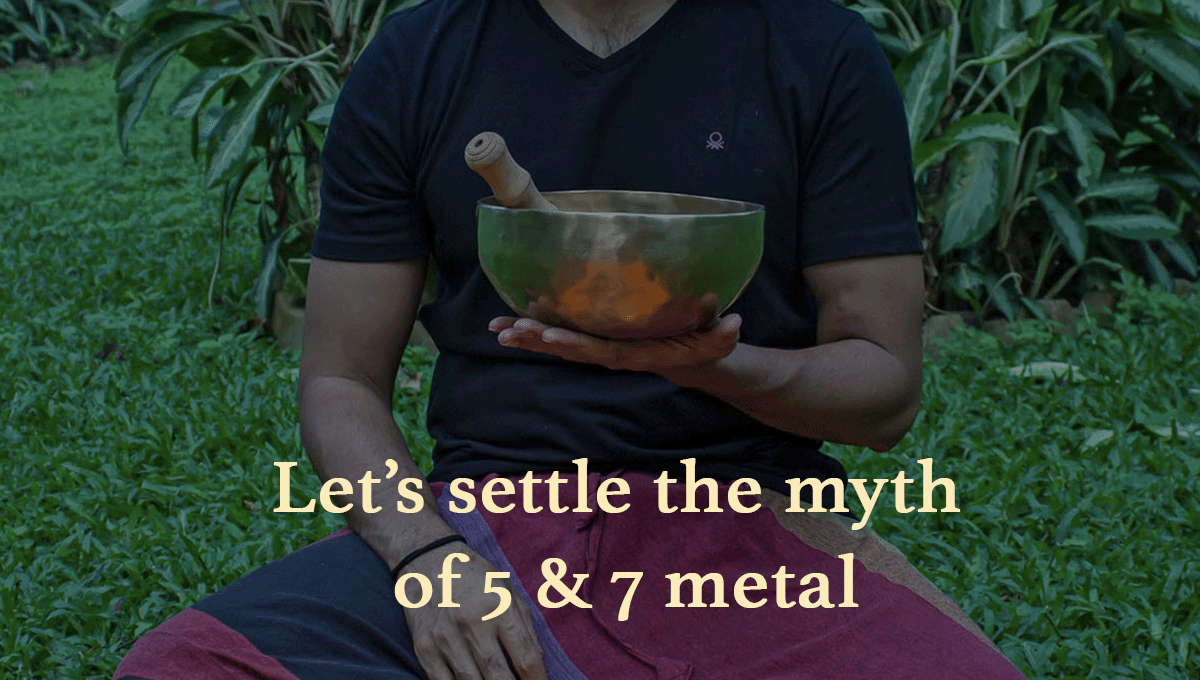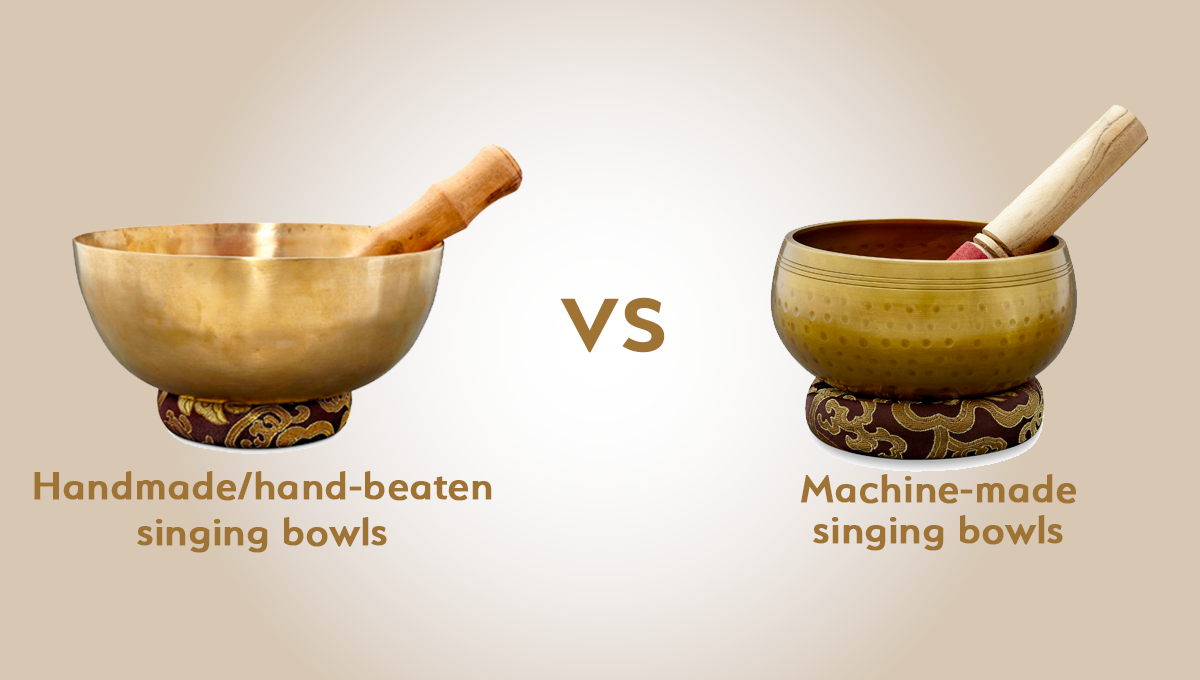Nowadays, the world has taken to Yoga for health and well-being, especially after being confined to the cramped quarters of homes, unable to visit gyms and parks to exercise.
Yoga has become a popular activity for many over the last decades. An important aspect of any study is to understand the history and philosophy behind the practice. For yoga, a major text is Patanjali’s Yoga Sutras. This article provides a brief introduction to the yoga sutras, “regarded as the most precise and scientific text ever written on yoga” (Satyananda: 4).
The Yoga Sutras
While no one knows who exactly Patanjali was, this may not be an important factor. Because it’s not about the author, or in this case, compiler, of the knowledge. Rather, it is about the pearls of wisdom hidden in each of the 196 sutras, or aphorisms, and as a whole.
It is not very clear when the Yoga Sutras were written. Again, a timeline is not relevant, because the sutras are relevant for us today, and that is what matters. “Atha Yoga Anushasanam” (1.1), “here and now is yoga”, showing its absolute timeliness and spacelessness. There is also no reference to any categorizations in this text: it is genderless, ageless, and has no religious foundation. What is more unique is that Patanjali does not refer to any other text.
The yoga sutras are divided into 4 padas, or chapters: Samadhi (Insight), Sadhana (Practice), Vibhuti (Radiant Splendor), and Kaivalya (Freedom).
Samadhi
Samadhi pada starts with a definition of yoga: “Yogas-chittavritti-nirodah”. Yoga is stilling the mind.
Samadhi pada describes the need for yoga, how to practice stilling the mind, and what happens if one practices abhyasa, vairagya, and shraddha
Samadhi pada also discusses what happens if one does not practice. “sickness, apathy, doubt, carelessness, laziness, indulgence, confusion, unsteadiness, and feeling stuck”. You will find yourself dissatisfied, despair, nervous, or irregular breathing. Recognize that you have Vasanas, your soul carries with it the samskaras from previous lifetimes and lifestyles, as well as your current fluctuations that cause lethargy and straying.
With this knowledge, what are the practices one might embark upon to remove the obstacles? Here are a few practices one can integrate into their daily life:
- A simple practice of Mantras such as the repetition of Om, which is the expression of Ishwara, who holds all wisdom. Make it a discipline, a tapas, to chant Om whenever you can.
- Another method is through a karma yoga practice of being friendly, compassionate, joyous, and impartial wherever necessary. Be there for people in the way that they need. Love, serve, and give, to realize, as the motto of Bihar School of Yoga goes!
- Observe the breath. This speaks to the purpose of pranayama. Just watch the ebb and flow of your breath, and notice how it calms you.
- Become sensitive to the subtle sensations of the body. Keep a journal of how your body reacts and interacts with all other life.
- Find inner radiance free from sorrow. Turn to things that don’t create attachment. Yoga sutras keep bringing up the concept of attachment because attachment creates sorrow.
Sadhana
Sadhana Pada is about practice. This chapter mentions the practices that have become popularized in “yoga classes”. This includes the eight branches of Ashtanga yoga, popularly considered part of Raja Yoga, and are useful for advanced aspirants who have cleared some obstacles. The first 5 of the list are outward, (bahiranga), whereas the last 3 are inward-looking (antaranga). The eight branches are:
- Yama (social codes), including Satya (honesty), Ahimsa (non-violence), Asteya (non-greed), Brahmacharya (energy control), and Aparigraha (non-possessiveness).
- Niyama (personal codes), as in Sauca (purity), Santosha (contentment), Tapas (discipline), Swadhyaya (self-study), and Iswara Pranidhana (surrender).
- Asana (physical codes)
- Pranayama (breathing codes)
- Pratyahara (sensory codes for withdrawal)
- Dharana (concentration codes)
- Dhyana (meditative codes)
- Samadhi (consciousness of self)
Vibhuti
Vibhuti Pada focuses on the last 3 limbs of Ashtanga Yoga, and the combination of the three as Samyama. Sutras 3.6-3.8 discuss the application of Samyama, internally and externally. Afterward, the Yoga sutras change to be expected in the body and elements, thus exalting exactly the concept of Vibhuti through radiance. Entering deeply into Dharana, Dhyana, and Samadhi, one may develop certain siddhis of physic powers. Perhaps most relevant to our daily lives is to develop “powers of friendliness, compassion, happiness, and indifference” (Satyananda: 258); physical strength; steadiness; intuition; and knowledge of the solar system, its intimate and intricate details, and the cosmos. In essence, Vibhuti pada expounds all the possibilities for a human to achieve as a body.
Kaivalya
Kaivalya Pada, which is on freedom, first cautions about any siddhis attained, recognizing the futility of becoming attached to such. Instead, push through these, the ego-mind, any remaining vasanas or samskaras (tendencies from previous births), towards freedom unbounded. This is discovered through understanding the nature of the mind, what causes individuality, the roots of karma, and how to unite back with all the living beings, perceiving them to be the same.
Join us to read more of such articles and support our mission of mindful living for the modern world by subscribing to our blog and hitting us a follow on Instagram and Facebook @sarvedalife.s



